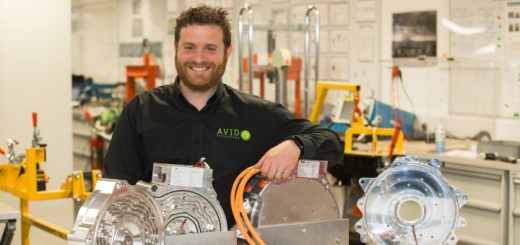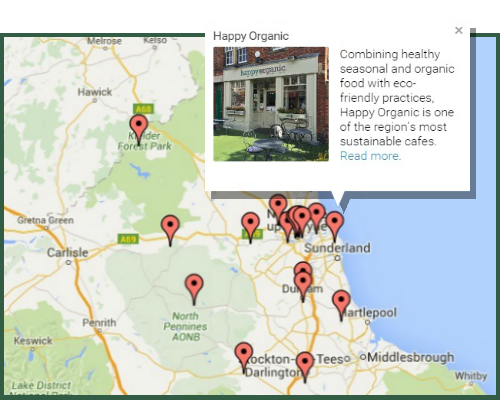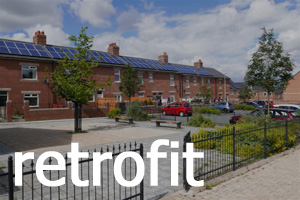Can the Tesla Powerwall Revolutionise Renewables?
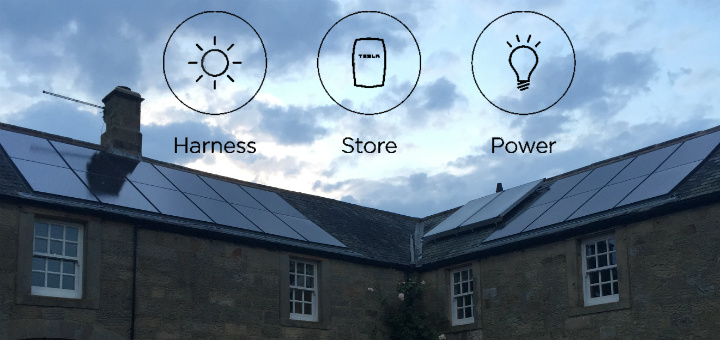
I visit the region’s first Tesla Powerwall installation to see how this new battery technology is revolutionising renewables.
The last 15 years have seen a rapid expansion in the roll out of domestic photovoltaics (PV). However, it’s common for households to only use a quarter of the energy they generate, with the rest being exported to the grid. This is simply down to the mismatch between the daytime peak in solar generation and the evening peak in electricity consumption. Battery systems can save this energy for use when it’s needed but, until recent years, many have been less than user-friendly. Although other systems are available, the entry of Tesla to the market has caused quite a stir.
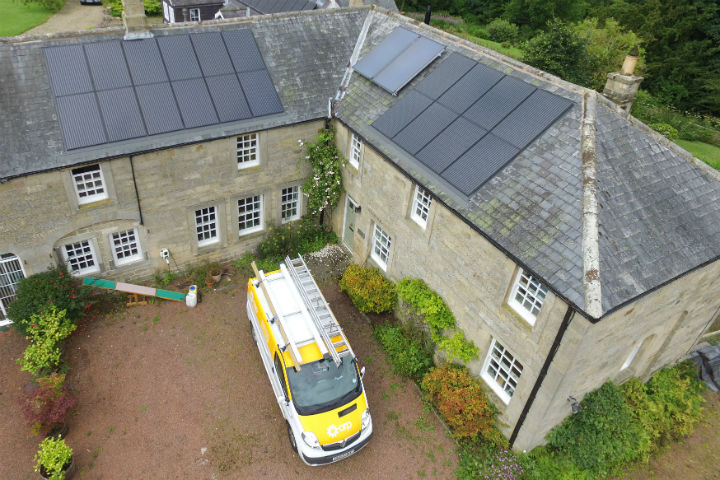
The PV array fitted on the roof of Nathan’s home.
“It just made sense. This is how we should be getting our electricity.”I met Nathan Squires at his home in Belsay, Northumberland. Nathan had a Tesla Powerwall fitted back in July, probably the region’s first. He recounts Tesla boss Elon Musk’s keynote address in 2015 and the impact it had on him. “It just made sense,” says Nathan. “This is how we should be getting our electricity,” referring to the combination of PV and Powerwall. The Powerwall is based on the lithium-ion battery technology used in the iconic Tesla car. Could this moment be as significant as Apple’s development of the iPhone which catapulted smartphones into every home?
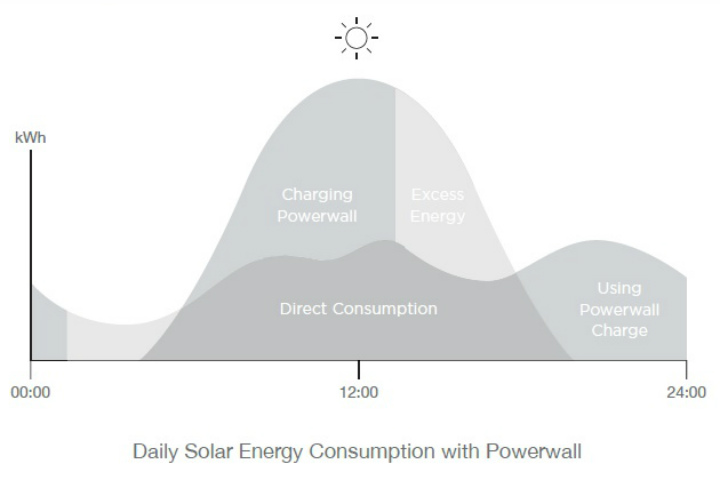
The Powerwall sits on a wall of Nathan’s study and I’m immediately struck by its sleek lines, and by just how big it is. They’re commonly fitted in a garage or even outside, but it looks too good to hide away. I must confess to being slightly disappointed by the lack of flashing lights and display, but then that’s the point. It works quietly in the background, taking power from the PV panels and feeding it to the house. It’s supposed to be fitted and forgotten about, whilst it seamlessly provides 6.5 kWh of electricity on demand.
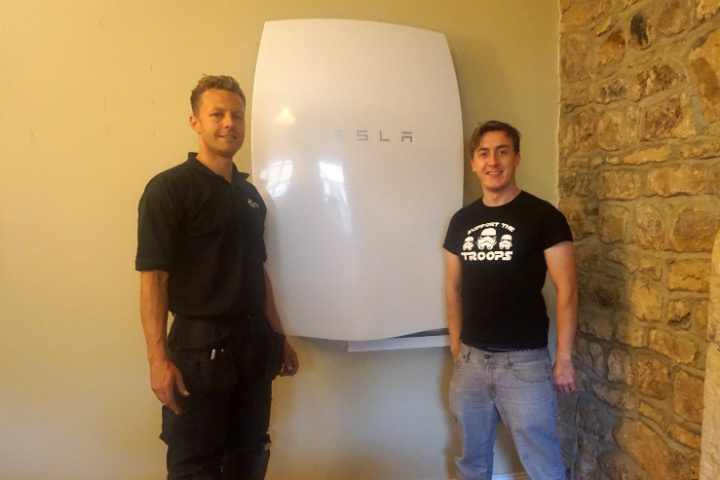
Mark Dunville (left) and Nathan Squires beside the Tesla Powerwall
The PV array and Powerwall were supplied and fitted by Mark Dunville of AR Power, approved installers for Tesla. Mark tells me that after doing quite a few now, they’ve got it down to a fine art, although the batteries are 100kg and need to be winched in to place. The whole installation cost around £12,000, is eligible for the Feed In Tariff, and the Powerwall has a 5% VAT rate if installed at the same time as the PV. AR Power added the Solar Edge monitoring platform which runs each PV panel independently, helping to increase yields and providing a user-friendly interface with the system through a computer or tablet.
“The main advantage of the Powerwall is extending the usable energy from the solar panels from around 20-30% in most instances, to around 80%.”“The main advantage of the Powerwall,” explains Mark, “is extending the usable energy from the solar panels from around 20-30% in most instances, to around 80%.” He even has one customer who’s consumption of homegrown power currently stands at 99%, demonstrated below in the screen grab taken from the Solar Edge interface.
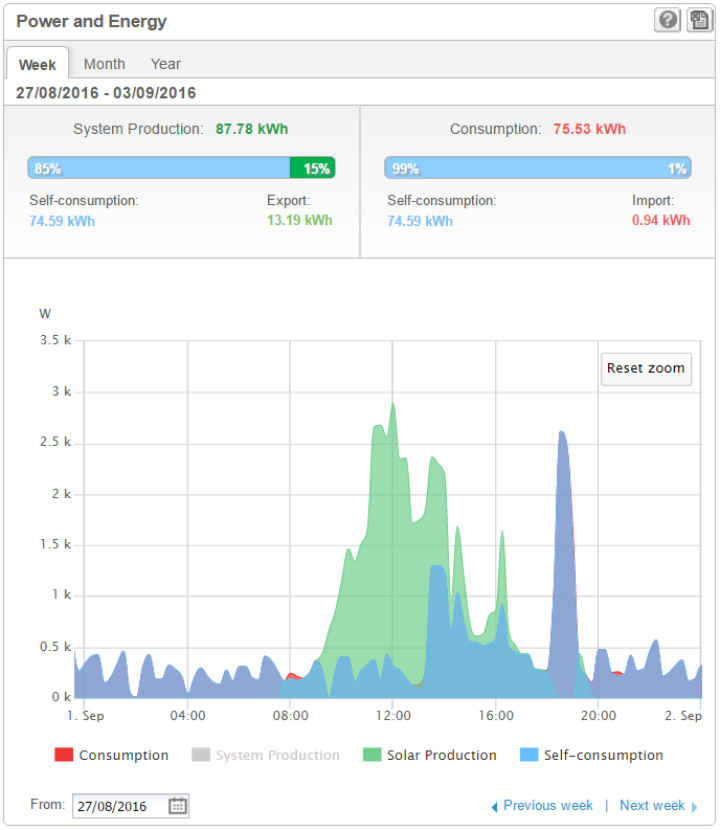
Another benefit is that it brings both electricity generation and usage within the control of the homeowner. Nathan talks enthusiastically about how the Powerwall usually carries him through the night until the sun comes up the next day. If there’s more energy in the battery than he needs then he’ll run some appliances to make use of it (eg. washing machine). Alternatively, he can turn off unnecessary appliances if storage is low. Only at times of peak load does the system draw electricity from the grid, including the 8kW needed to recharge Nathan’s Renault Zoe.
Prof. Phil Taylor, director of Newcastle University’s Institute for Sustainability believes the Powerwall can be transformative. “Energy storage with solar panels and home balancing, along with smart meters and flexible time-of-use tariffs empowers people to take an active role in managing their energy use.”(1) As more and more energy storage comes online, it can revolutionise renewables, and the Tesla Powerwall is leading the way.
References
(1) Could Tesla’s battery storage pack change the way we use energy?, The Journal, 13 May 2015








